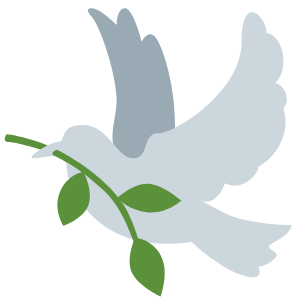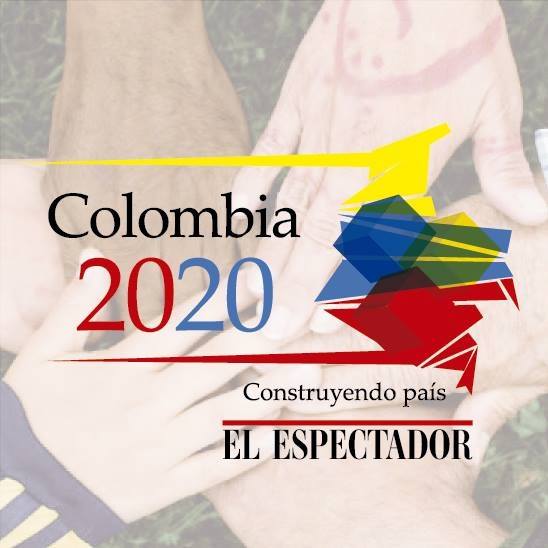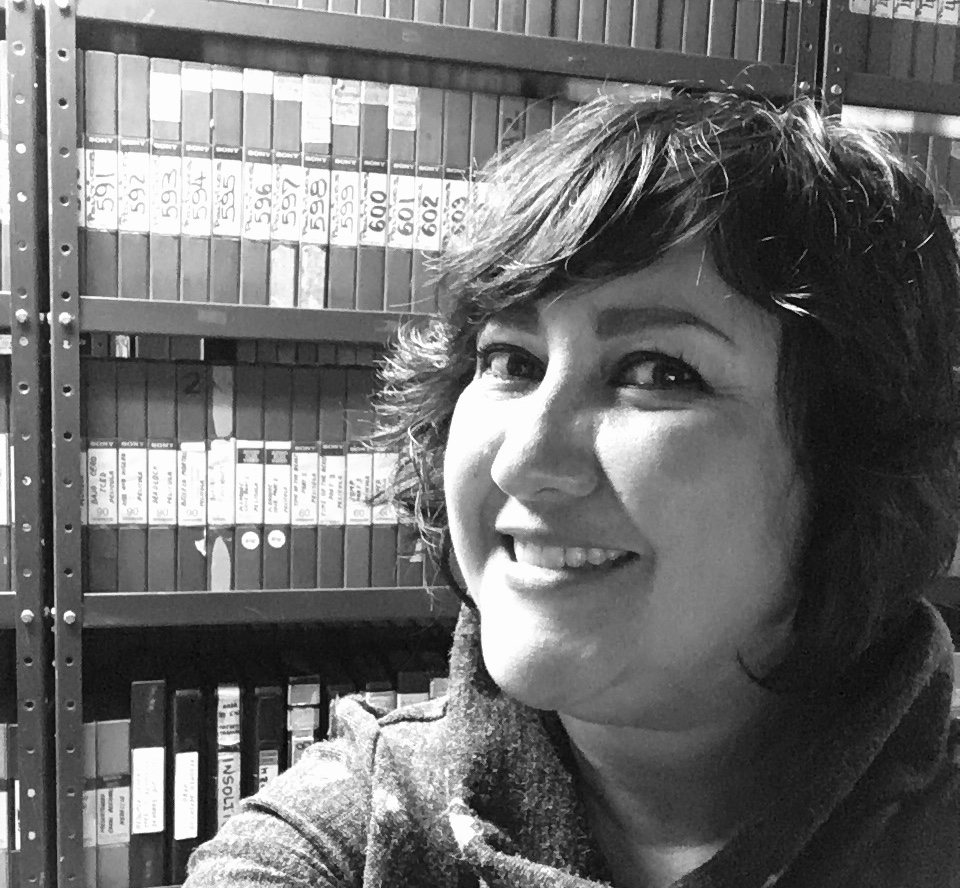By Nubia Rojas*
In 2014, two years after the government of then-Colombian president Juan Manuel Santos and the former FARC guerrillas began a negotiation process that would end in the signing of an agreement between the parties in November 2016, the country saw the emergence of two media outlets focused on peace issues.

They are Pacifista and Colombia 2020, two informative projects that share, in addition to the year they were created, the objective of fulfilling a pedagogical role, combining the explanation of news related to peace issues with a judicious analysis of the context. However, both clarify that their work should not be understood as a political-partisan support for the peace process, but as a rigorous and independent journalistic exercise that analyzes the issue from various points of view.
Although they don’t label it as such, both media outlets effectively apply several of the principles of peace journalism: they strive to explain the causes, development and consequences of the country’s more than 50-year armed conflict, addressing a wide variety of sources, distinct from official ones; concentrate on attempts to build peace, while analyzing violent events; humanize the actors involved without falling into polarizing rhetoric, seeking to dignify the victims and use a language that aims to contribute to the de-escalation of the confrontation.
Both media outlets also have the peculiarity of being financed with resources from international organizations, which favors their independence, and of transcending traditional journalism by broadening the sphere in which they work as well as the influence of their work through other formats and small projects that support and complement it.
Pacifista's main audience are young people between the ages of 18 and 30 – that's why they call themselves “a platform for the generation of peace” – and that is reflected in the youth and casual air of the team members themselves. Santiago Valenzuela, deputy editor, is 29 years old and an anthropologist: “most of our journalists have a background in social and human sciences, not in communication. Without ruling out that there are exceptions, we see that professionals graduating from communications programs sometimes are not strong in the topics, have little curiosity, weaknesses at the time of writing and little rigor and we want to do just the opposite,” he said. He has experience as an editor in two large national media: El Espectador and El Colombiano and is, for that reason, accustomed to the feverish production of a newsroom. “To be a journalist at Pacifista you have to be curious and the issues have to affect you. We are all very young, but we have a personal commitment to peace.”

Valenzuela explains that, before becoming the independent project that it is now, Pacifista had the support of the Office of the High Commissioner for Peace, an institution of the State under the Presidency of the Republic, and then was acquired by the Canadian magazine VICE, until its departure from Colombia in 2018. Since then, it has been funded thanks to international organizations such as Oxfam and Open Society Foundations, among others, focusing on issues such as the implementation of the peace agreement, the defense of human rights, gender issues, and more recently, regional elections. The substitution of illicit crops and the systematic killing of social leaders and ex-combatants of the FARC are two of the issues that it has been most concerned with covering in depth.
The production of documentaries and other audiovisual content, striking and powerful graphic images, and the use of other forms of communication that, at a glance, no one would define as “journalistic,” such as street actions, musical meetings, forums, among others, are part of its strategy: “we want to go far beyond the editorial, the traditional seems a bit boring to us. Trying to approach young people only through the written format has many limitations, especially, taking into account that new generations invest shorter reading times, are more visual and, to attract them, you have to explain the issues in a way that they understand how they affect their daily life directly. It's a challenge, but it's possible to do it, offering quality content,” Valenzuela said.
This strategy has helped them reach more people and regions and to gain recognition, not only from young urban university students, but also from rural residents who inhabit conflict zones far from Bogotá. The Pacifista team has always been aware of the need for its journalistic work to reflect the reality of the regions – especially those where the conflict was experienced most and where efforts should be redoubled to build peace – and that is why it has made alliances with local media. However, it hopes to have a permanent presence in the territories: “We dream of being a much larger peace platform, with a wider audience, having offices in areas such as Apartadó or Catatumbo; for Pacifista to begin to understand the way in which people communicate there, if it is through WhatsApp chains, or if you have to make a print newspaper because there are people who do not have access to the internet ... we have tried to do things, such as training in communication for social leaders, etc. I dream for us to have a section on gender, a YouTuber on new masculinities ... things like that. That we are that media outlet that is even more able to encourage people to talk about peace and human rights issues and to position them on the agenda,” Valenzuela added.
What should they do to stop being a niche media outlet that only interests those who would be sensitive to these issues? “We have to start from a concept of peace related to how we treat ourselves every day; questioning the system we are in, in which there are obvious inequalities and violence, and that we have to overcome to listen to the other, to understand them and to be able to talk about peace. It must be a concept that we build together.”
Veteran reporter of El Espectador, Gloria Castrillón, was concerned that the media were not adequately reporting on the peace process. She noted discrepancies between what was discussed by the parties at the Roundtable and what the public knew; she was besieged by the fear that the relevant issues would not be analyzed if journalists continued to report on the budding peace in the same way they talked about the conflict. Twenty years before, she had covered the failed peace process between the government of Andrés Pastrana and the FARC in El Caguán and feared that the journalistic coverage would repeat the same mistakes of that time: the typical practices of war journalism that does not explain, but reproduces the confrontation through the headlines.
For this reason, and because her journalistic nose indicated that this time a peace agreement would be signed, she proposed to Fidel Cano, director of El Espectador, that the newspaper have specialized coverage in the post-conflict period that was imminent. Cano accepted and instructed her to seek financial resources for the proposal. Finally, the Delegation of the European Union in Colombia, which supported the efforts to reach a negotiated political solution to the conflict from the beginning and agreed with Castrillón’s intuition that an agreement would be signed, decided to support the initiative.

In the Sunday edition of Feb. 28, 2016, nine months before the signing of the agreement, the first printed page in which the newspaper spoke of Colombia 2020 was published. It was such an important event that former President Santos himself –the main promoter of the peace process, which was his most important objective as a President– wrote an article on the topic. Before becoming a website, Colombia 2020 published two weekly pages in print in which it talked about building peace from the territories: “people told us we were crazy: what peace?, what post-conflict?, what post-agreement?” Castrillón recalled. Then the online version would come with articles, videos, trivia, games, pedagogical notes explaining the content of the agreement, and stories of peace about women, youth, resilient communities, among others.
Transitional justice and victims are two of the most important issues for the site. Castrillón emphasizes that, from journalism, a change of culture and mentality can be promoted that allows Colombians to understand that transitional justice is restorative and must work hand in hand with truth and historical memory so that reconciliation is possible in a country deeply hurt by decades of conflict. Meanwhile, adds Castrillón, for Colombia 2020, the victims have always been considered as survivors, resistant, who have overcome violence; the information about them is based on a dignified, respectful treatment, which does not reduce them to the narration of their pain, but rather shows them as resilient and capable people.
Like Pacifista, Colombia 2020 has also complemented its journalistic work with the exploration of other formats of communication oriented to what Castrillón calls “favoring social dialogue”: that is why it organizes events in which it brings together people with different points of view – including victims and perpetrators – to interact with each other and demonstrate that it is possible to disagree without being attacked. More recently, it has launched a product in installments called La Aldea, in which it teaches children about current affairs through fables with animals. It also gives an award for peacebuilders for conflict resolution proposals in schools and colleges in the country.
How is peacebuilding covered journalistically? Castrillón thinks about it a few seconds before answering: “It's about seeing reality in a different way, it's an approach that forces you to look at other issues, to ask yourself different questions than usual. It is a sensitivity. And, although none of Colombia 2020's journalists is an expert on peace issues, sources note that they address them and the issues in another way. Thanks to that we have managed to build trust, to reach places we never imagined and to overcome much resistance. The FARC ex-combatants themselves opened their doors from day one. At first there were those who said that we were apologetic by talking about them as the human beings they are, but we are calm because we know that that was not what we did: it is the judiciary that will judge them, not us, journalists."
For Castrillón, the confidence of the sources, of the readers and of the international community, which considers them a reference, indicates that they are fulfilling their objective, “although there is always something to improve, to learn and to do,” she added. As its name implies, financing for the project is guaranteed until 2020, but they hope to have the resources to continue.
Mario Morales, journalist, media analyst, researcher and professor at the Javeriana University of Bogotá, is critical of the way he considers that media have addressed issues related to the negotiation process and the implementation of the peace agreement. He believes that Colombian journalism continues to narrate these and other events as if it were a football match or in a boxing ring, where there are friends and enemies, winners and losers. From that perspective, Morales says, it is common for journalism to end up taking sides with one of the contenders.
However, he considers that Pacifista and Colombia 2020 are exceptional cases, because they have distanced themselves from this type of coverage: “Pacifista is a niche media outlet and Colombia 2020 belongs to a traditional media organization, but, even in the generalist media, the audiences behave like niche audiences, looking for what interests them. Doing peace-oriented journalism does not mean that the media should bend to a vision of peace polluted by politics, but to address the issue from a human perspective, which places journalism as a mediator, which involves citizens,” the analyst adds.
For Morales, it is not only good, but necessary, that Pacifista and Colombia 2020 have initiatives that go beyond journalism to avoid addressing only those who think like them: “This is very important for them to be noted as opinion leaders and involve other audiences, such as the new generations, through new formats, new narratives and new aesthetics.”
For the university professor, who has investigated the journalistic coverage of the implementation of the agreement, peace should be a topic that is approached from different sections in the newsroom in newsrooms. He believes that in a society submerged in multiple kinds of violence, like Colombia, journalism that speaks of peace from the perspective of resilience, coexistence and reconciliation will always be a necessity; but it will depend on there being interested audiences and that these types of initiatives have real possibilities of being financed and have the necessary independence to do their job well: to do journalism that catapults social change and favors citizen participation.
*Nubia E. Rojas G. Journalist and independent consultant specializing in communication, journalism and peacebuilding.

Nubia Rojas. (Courtesy).
Email: info@
Twitter: NubiaERojas